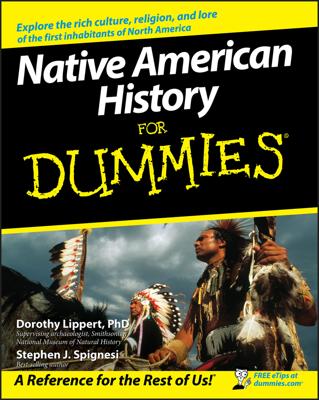In 1819, after Spain had sold Florida to America for $5 million and a promise that the United States would keep its hands off Texas, President Monroe promptly urged Congress to formally recognize the newly independent Latin American countries, including Mexico.
In Europe, meanwhile, a group of monarchs known as the Holy Alliance was scheming to pick off Spain’s former colonies. And on the Pacific Coast, the Russians claimed an area from present-day Washington State to Alaska.
Declining an offer from the English to go in as partners against the Holy Alliance’s plans, Monroe and his secretary of state, John Quincy Adams, decided to issue what became known as the Monroe Doctrine, which amounted to a hands-off warning in the Western Hemisphere.
In December 1823, Monroe told Congress that America wouldn’t tolerate further attempts by European powers to colonize in the New World. What they had, they could keep, he said. Everything else was off limits.
“The American continents, by the free and independent condition which they have assumed and maintained, are henceforth not to be considered as subjects for future colonization by any European powers,” Monroe wrote.
Although it probably had little to do with Monroe’s warning, the Russians did agree in 1824 to pull back to what is now the southern border of Alaska and stay there. In fact, Monroe’s statements didn’t really have much to back them up, because American military might was slight.
But the Monroe Doctrine has been interpreted and employed by many presidents since to justify interfering in, or staying out of, the affairs of neighboring countries.

